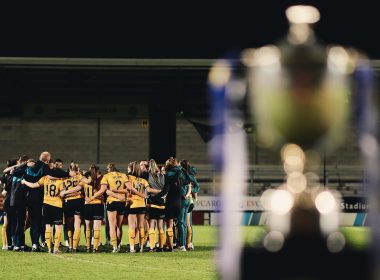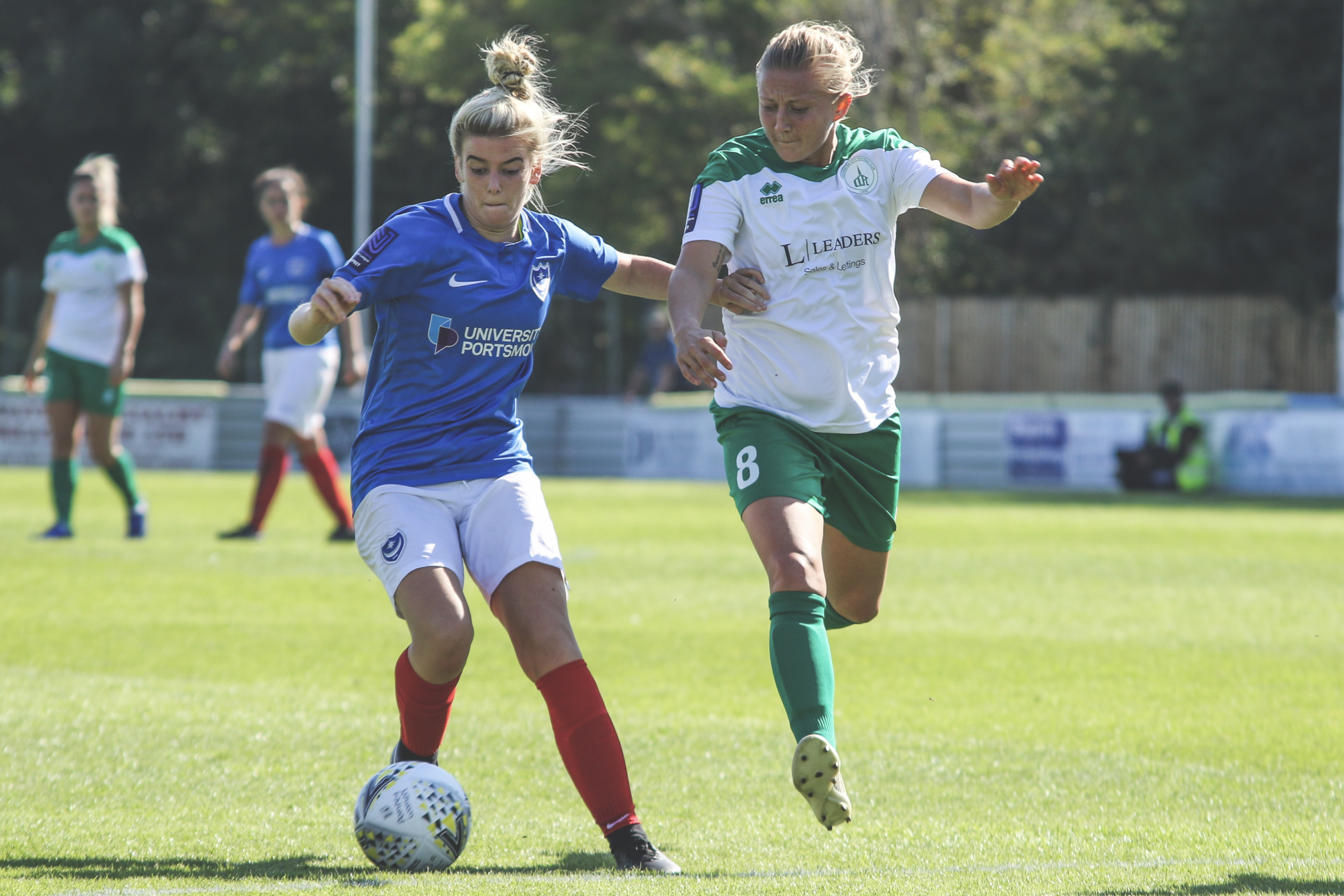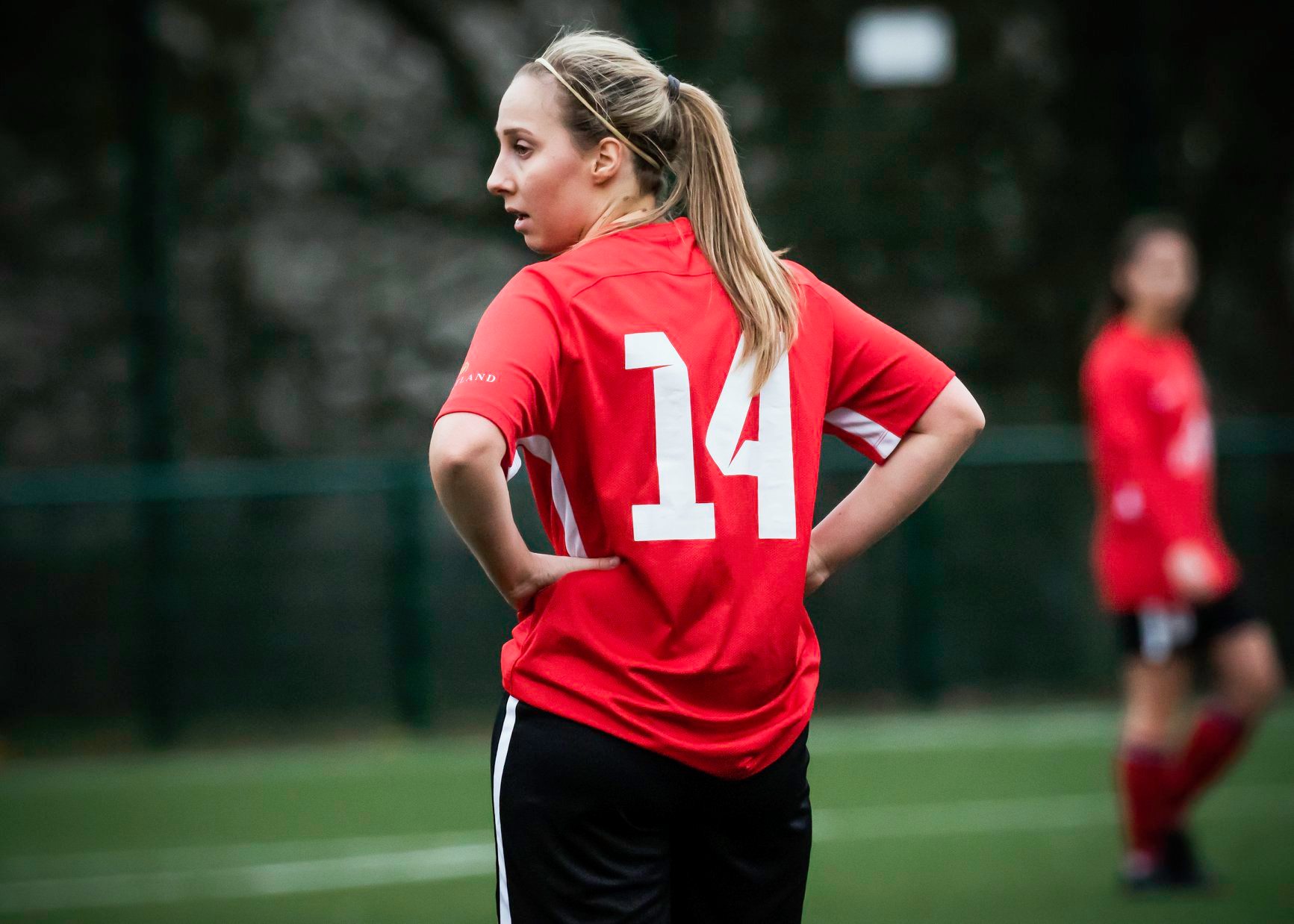As the second wave of lockdown is in full swing in England, once again women’s football finds itself on the backend of overriding authority, fighting its cause for recognition to its own governing body.
The Football Association have announced that Women’s Super League Academies and FA Regional Talent Clubs will cease to continue training for the duration of the lockdown period, alluding that their resources “do not meet the necessary ‘elite’ protocols.”
A decision that would perhaps not have caused such a stir under current restrictive social measures, had the same applied across the board. Yet, the FA has ruled that boys’ academies will remain open and continue to operate as usual.
The decision comes in contrast to the government’s definition of elitism as anyone “aged 16 or above and on an elite development pathway.” If the WSL and its respective clubs are classed as elite, then by default, so should their academies be.
Unfortunately, this is not the only time that the FA have been called into question recently. On Saturday 7th November, Bristol City released a statement explaining that they had “requested postponement” of their match against Manchester City, due to the self-isolation of five first team players, after one tested positive for Covid-19. Bristol had played Crystal Palace just two days before and were rightly concerned for the welfare of their players, as well as others who would be attending the game.
The appeal to postpone was indeed the correct action to take. In a time where precaution is of the utmost importance, rearranging the fixture to minimise health and safety risks, and in the name of sportsmanlike conduct, would have fared well.
In response, the FA ruled that the clash with Manchester City should go ahead as planned, as Bristol had “accordingly drafted in players from the Academy”. Players that just a few days prior, were deemed as ‘non-elite’. The match was played and a depleted Bristol went on to lose 8-1.
When searching the FA’s mission statement, the very first line that fills the screen reads, “the FA aims to make football a positive and inclusive experience for everyone involved in the game.” But as constant contradictory decisions infer one half of the game as second best, perhaps a by-line should be added – “unless, of course, you’re female.”
This is not to say that the FA is not doing its bit for women’s football. They now provide a streaming service in which WSL, and some Championship fixtures, can be watched worldwide for free. They have committed to televising a number of fixtures and broadcasting Cup Finals on terrestrial channels. They have pledged “to create a sustainable future for women’s and girls’ football in England” over the next four years, and there are individuals within the association that work tirelessly to ensure that these goals are met.
Yet, these long-term projections pale when short term decisions appear contradictory. Would a Premier League fixture have gone ahead that threatened health with potential knock-on effects for the rest of the league? Probably not.
Women’s football has enough of a fight on its hands without having to prove itself to one of its overarching bodies. As those within the sport know all too well, the game faces a constant battle in gaining acceptance within the wider community.
Football is a sport, just as tennis, cycling and athletics are sports. Yet, Serena Williams is not compared to Roger Federer, Victoria Pendleton is not compared to Chris Hoy, Shelley-Ann Fraser-Pryce is not compared to Usain Bolt. These athletes are celebrated for their successes. Even in cases, such as a mixed doubles event in tennis, in which the two merge, men and women are appreciated for their different skill sets. It is a rarity to see discussions analysing the difference in the quality of men’s and women’s sides in tennis, cycling or athletics; but in football, this is the norm.
There is not a day that goes by in which advocates of the women’s game are not subjected to derogatory comments belittling their worth for simply enjoying the game. Whether this is a player, staff member, media representative or fan.
“Women’s football is rubbish”. “No one cares”. “Get back in the kitchen”. Just a few of the remarks you will find under any platform reporting on the women’s leagues; the responses to those who dare to defend often far uglier. Yet these replies often have one thing in common. Typically, although one must stress, not exclusively, these injurious comments are made by men.
Of course, one does not wish to mislead nor to tie the masses with the same brush. There are men that do wish women’s football success. Plenty, in fact. Plenty whom actively promote and defend the sport, weaselling out their stubborn brothers in their quest for growth and promotion.
So, what is it about women’s football that divides opinion? Why is it such a hard pill to swallow for some?
Perhaps it was the enforced fifty-year ban on women playing football in the UK. A ban that consequently fed a narrative that football is a ‘men-only’ entity, in which the mere existence of a woman within its sacred realm threatens its very equilibrium.
Perhaps it is envy. The bruising of a collective fragile ego that cannot comprehend the professionalism of women in a sport that ‘does not belong to them’. A jealous patriarchal nod to the outdated notion that a woman should not succeed where I could not.
Perhaps it is a question of authenticity. Men’s football is so deeply rooted within society, such an ingrained factor of national culture, that it may simply boil down to the indoctrinated idea that a true game of football is played by men. One may fear that by viewing a women’s game, they are missing out on the ‘real deal’. There are, of course, differences between men’s and women’s football and nobody will deny such facts. The two exude a different feel, display different on field strengths, draw different audiences, but this does not mean that either is less worthy.
Perhaps it is a lack of education. Disapproval of the women’s game frequently comes with the unoriginal reasoning of differentiating standards. It is presumed that as the WSL is the top division of women’s football, it must match the standard of the Premier League. Yet this is simply not true and such assumptions are often made with an ignorance to the obstacles women’s football faces.
Is a game that is catching up on fifty years’ worth of resources, financial support, societal indoctrination and cultural relevance going to exude the same quality as its closest neighbour? Of course not. Yet, this is where those who so venomously oppose the women’s game seem to miss the point entirely.
Women’s football does not profess to be men’s football. It does not proclaim to be at the same standard yet. It does not demand bells and whistles, the all singing and all dancing paraphernalia of its male counterpart. But what it does expect is a fair shot. It wishes to be judged without preconception. It wishes for its advocates to be treated with respect and tolerance. It wishes, from the grassroots up, to be met with acceptance. It expects to be taken seriously by the organisations that are supposed to endorse it.
Women’s football is not out to replace or replicate, it simply wishes to coexist.
Photo: Tom Flathers









